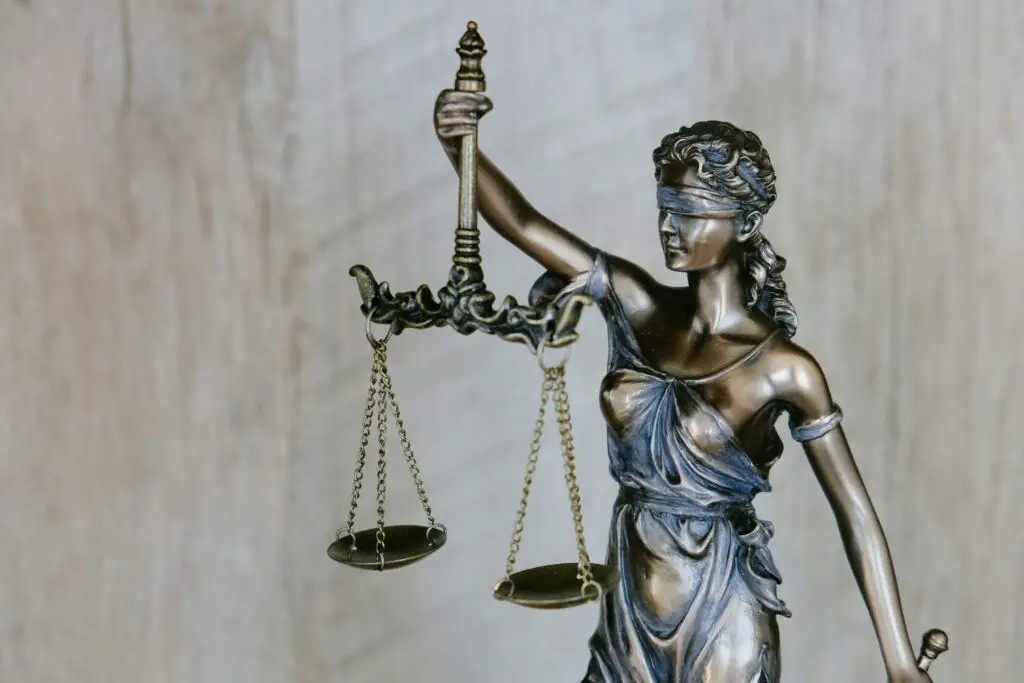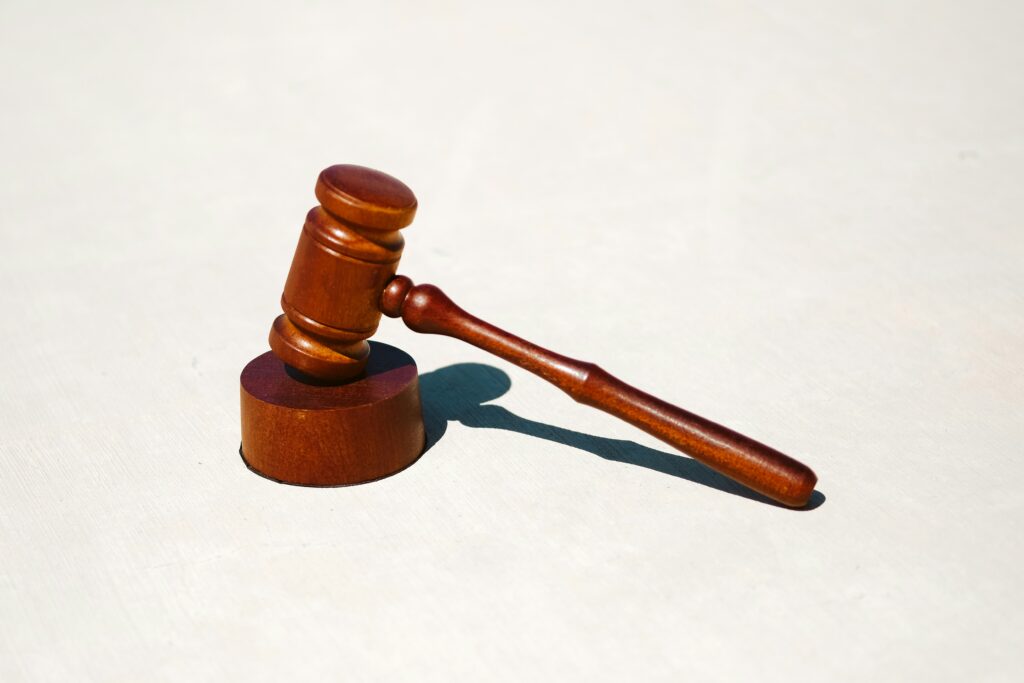Within the law, many terms carry a level of vagueness or ambiguity. For example, many contracts have terms such as “substantial,” “properly,” or “unjust,” all of which can vary based on a given situation. Even in our court systems, terms like “disturbing the peace” can be vague in their own right. One significant term that can be vague is the idea of a “reasonable person.” In legal applications, the concept of a reasonable person frequently helps to determine who holds liability in a situation. Despite its commonplace use, many wonder, “What is the reasonable person standard?” and “How does it work?”
Teens Make a Scene On Costco Playground Equipment
The clip above shows teenagers fooling around on a Costco playground equipment display. The video shows the display high up on a shelving unit, away from the area customers are meant to explore. Nevertheless, the cameraman films his friend climbing up to the display and preparing to go down an attached slide.
As the teen enters the slide, it becomes clear that it is not properly bolted to the rest of the equipment. This oversight causes the slide to fall over with the boy inside.
How Can The Reasonable Person Standard Apply Here?

At first glance, the situation seems fairly cut and dry: the teens used to store equipment and injured themselves due to oversights in its construction. While this reasoning applies to a typical foreseeable use situation, the facts of this scenario differ significantly.
When applying the reasonable person standard, the teens would be at fault for the situation. The store set the display high on a shelf, away from where any reasonable customer would go. The lack of public accessibility would prevent any reasonable customer from testing out the display.
Compared to a public display that is readily accessible, the teenagers were being unreasonable when using this display, making them liable for any injuries or damages.
What Is The Reasonable Person Standard?

The reasonable person standard outlines a set of standards that a typical or reasonable citizen would follow. Courts originally used the standard in common law, but it has garnered widespread use in criminal and civil cases nowadays. The reasonable person standard even applies to medical practice and patient care.
In practice, the standard determines who holds liability in a situation. Any action a reasonable person wouldn’t take proves negligence or harmful intent. Courts most commonly apply the standard to small tort cases.
Aside from assigning guilt, the standard can also absolve one of guilt. For instance, if a malfunctioning product causes an injury, that is something that a reasonable person would not anticipate, absolving them of liability. Instead, the liability would fall on the product’s manufacturer, who failed to have a reasonable standard of care.
As you can see, the reasonable person standard is useful for deducing which parties acted with care and common sense in a situation. At the same time, its ambiguity can confuse and add more complexity to the legal process.
Determining Who is a Reasonable Person
The main aspect of the reasonable person standard’s ambiguity lies within the term “reasonable.” One person’s reasonable is likely different from another person’s reasonable. For this standard to be effective in court, there must be some way to determine what reasonable means.
In most situations, courts apply the reasonable person standard case by case. A jury observes the details of each case and ultimately determines what counts as reasonable. Despite this process of defining the term, many doubt its effectiveness in our current systems. Legal thinkers argue that the process of determining what is reasonable is biased and flawed. The specific makeup of each jury and the circumstances of each case can lead to unreasonable definitions of what is reasonable.
Nevertheless, the vast majority of cases can be resolved with this age-old standard.
Exceptions to the Reasonable Person Standard

Some court cases are not as simple to define. There may be unique arguments and special circumstances that impact the ability to define reasonable. Likewise, some individuals may have certain characteristics that require a unique, reasonable definition.
In Roberts V. Ring, a young boy was struck by an elderly driver when he ran into the road. Despite clear evidence that the boy ran into the path of the car, the court agreed that the boy’s behavior was reasonable (even though dangerous) for a child of his age, making him not liable.
Another case with a unique reasonable person standard is Fletcher V. Aberdeen. In this case, a blind man fell into an excavated ditch that lacked proper barricades. In defense, the city claimed that there were other nearby barricades, which would indicate to proceed with caution to a reasonable pedestrian. The court determined that the plaintiff must meet the standards of a reasonable blind person who cannot see the surrounding barricades.
An Old Tool With Room For Growth
The reasonable person standard, one of the oldest tools used in modern law, dates back to 1837 and has earned its place within our society. Lawyers have used it in countless cases to help apply liability, but it still leaves room for improvement.
With our increased need for inclusion, equity, and justice, analyzing situations with this standard may become more and more arbitrary. Legal thinkers are actively working to critique and propose changes for its application in our systems.
Who knows, maybe in the future, we will have a new reasonable person standard, one that is even more effective in our ever-changing legal climate!

